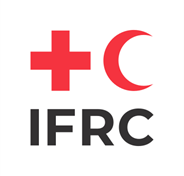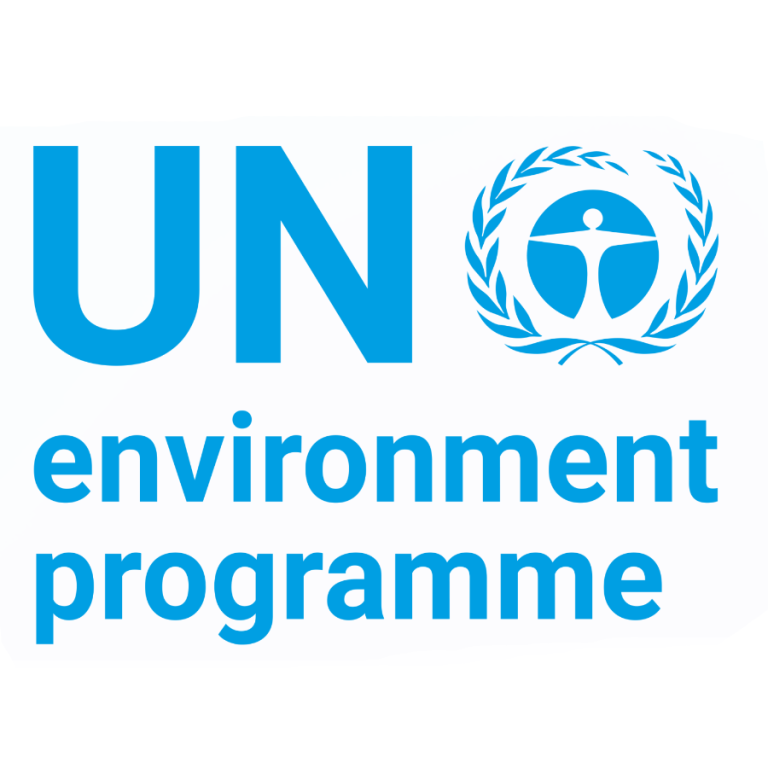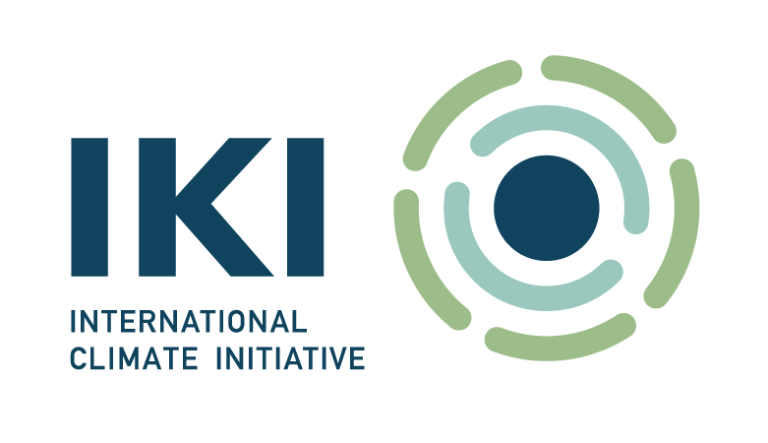Asia Pacific Nature-Based Risk Reduction & Insurance Facility
Project Information
Struck by an average of around 20 typhoons per year and affected by many other natural hazards, the Philippines rank as the world’s most disaster-prone country. With 7,600 islands and a coastline of 36,300 km, many coastal communities are at risk from typhoon-related storm surges, as Typhoon Haiyan tragically demonstrated in 2013. Mangroves can greatly reduce wave height and thus the impact of storm surges (while bringing many other benefits). Yet, the country has lost almost half its mangrove forests, and of the remaining 264,000 hectares, less than 20% are protected. With its strong role in disaster risk reduction (DRR), Philippine Red Cross has recognized the potential of mangroves and invested in afforestation in many parts of the country. However, taking such initiatives to scale is a daunting task: most humanitarian and DRR funding is for project cycles of three years or less, and conventional funding tends to be too limited to implement programmes at ecosystem scale and over periods of at least ten years. A new funding model for nature-based solutions (NbS) is needed.
This project aims to protect and restore key ecosystems that provide disaster risk reduction and other essential benefits such as biodiversity conservation and livelihood support—for communities vulnerable to climate change exacerbated extreme events, using a blended finance approach. Starting in the Philippines, with the goal of scaling up across the region, the Red Cross and Red Crescent National Societies and their partners will develop an insurance mechanism that covers both critical mangrove ecosystems and humanitarian assistance. In addition, the project will leverage blue carbon credits through large scale mangrove restoration. Revenue from the sale of these credits will then be used, in part, to help cover insurance premiums.






